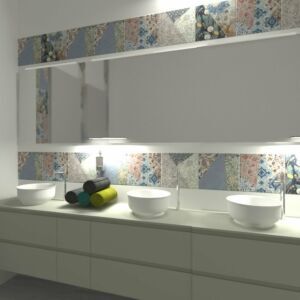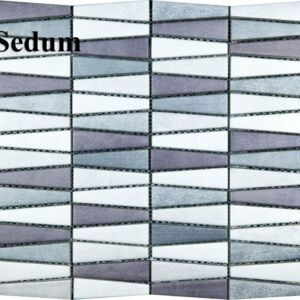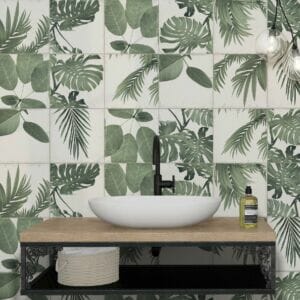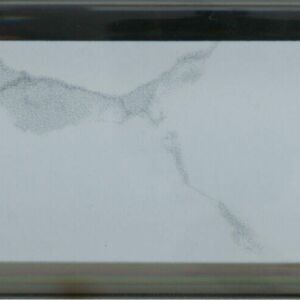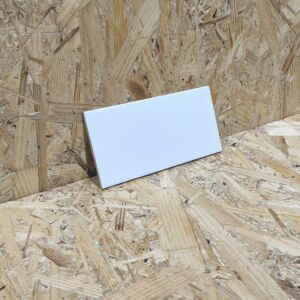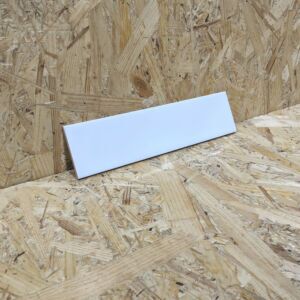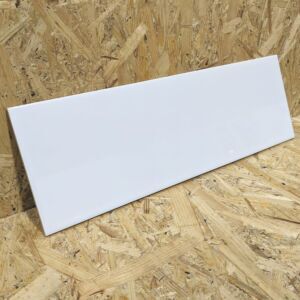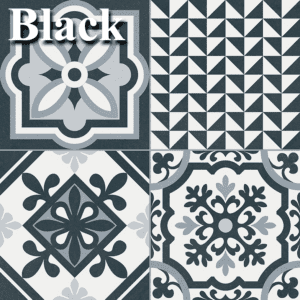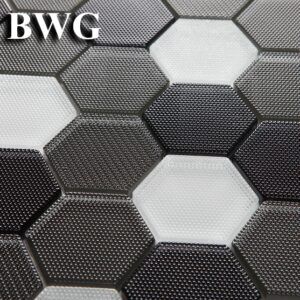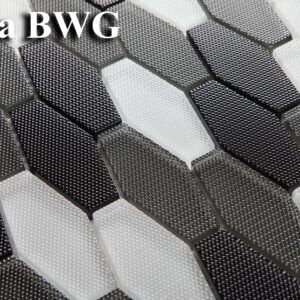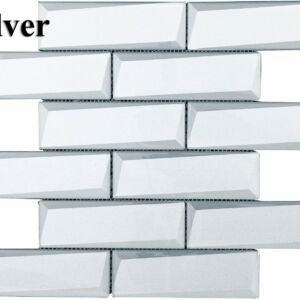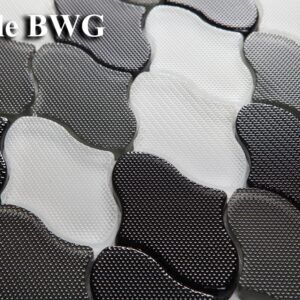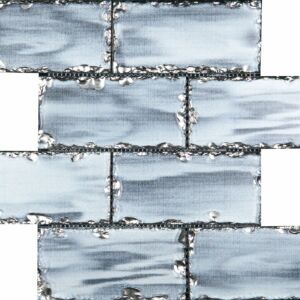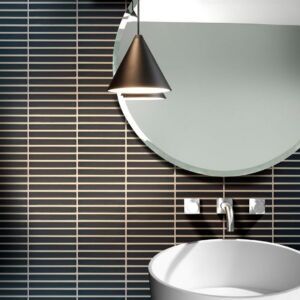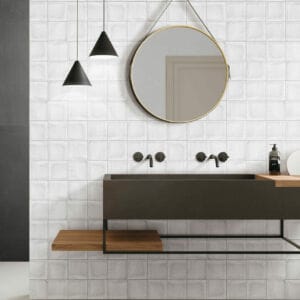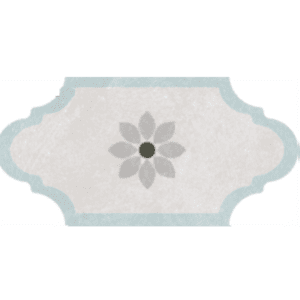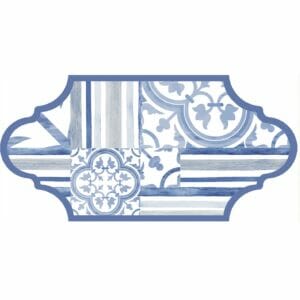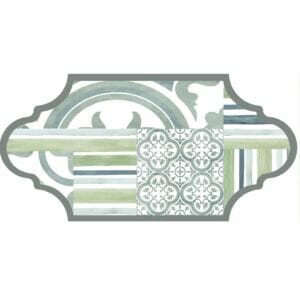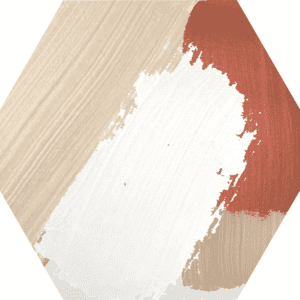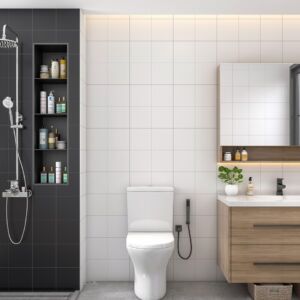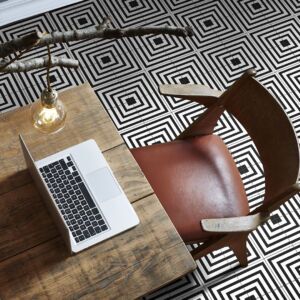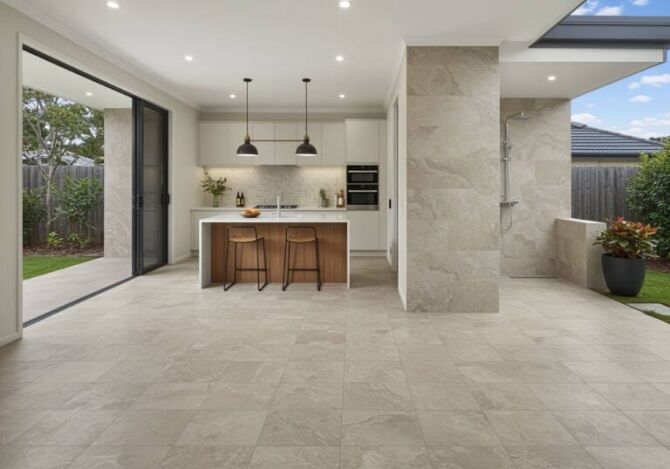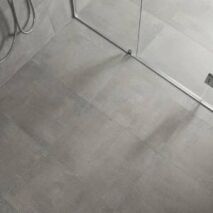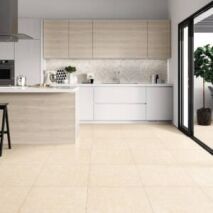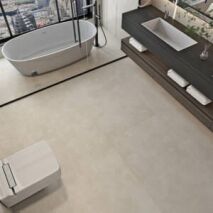The right kitchen tiles can transform your kitchen into a practical, stylish, and durable space. From kitchen floor tiles that can handle daily wear to eye-catching splashback tiles that elevate your design, tiles play a critical role in both functionality and aesthetics.
With a vast range of designs, textures, and styles available, selecting the perfect tile may feel overwhelming. This guide will walk you through everything you need to know about choosing tiles for your kitchen floors and splashbacks, helping you create a space that’s both beautiful and practical.
Understanding the Importance of Kitchen Tiles
Why Kitchen Floor Tiles Must Be Durable and Practical
Kitchen floor tiles need to withstand heavy foot traffic, spills, and heat. Durability is essential to ensure they last for years without damage. Porcelain tiles are a popular choice for floors due to their strength and resistance to wear. Practicality is equally important—easy-to-clean surfaces make maintenance simple, keeping your kitchen looking its best. Explore our latest posts on trending kitchen floor tiles and the best kitchen floor tiles to find top options for style, durability, maintenance, color, and this year’s hottest trends.
The Role of Splashback Tiles in Kitchen Design
Splashback tiles protect kitchen walls from heat, moisture, and stains while adding a design element to the space. A tiled splashback can create an eye-catching focal point, especially when paired with textures or bold designs. Subway tiles are a classic option, offering timeless elegance and easy maintenance for any kitchen design.
Types of Kitchen Tiles to Consider
Porcelain Tiles for Elegance and Durability
Porcelain tiles are a versatile option for kitchens. They combine elegance with durability, making them ideal for both floors and splashbacks. Their resistance to heat and moisture ensures they perform well in high-traffic areas and wet zones. Porcelain tiles are available in various styles and textures, allowing you to create a modern or classic look.
Ceramic Tiles: A Budget-Friendly Option
Ceramic tiles are a good choice for those renovating on a budget. They are lightweight, easy to install, and come in a wide range of designs and patterns. While they may not be as durable as porcelain, they work well for kitchen walls and splashbacks, adding style without stretching your budget.
Choosing the Right Tiles for Your Kitchen Floors and Splashbacks
How to Match Tile Colours, Textures, and Patterns
When selecting kitchen tiles, focus on colours and textures that complement your design theme. Neutral tones like white or grey create a clean look, while bold colours can make kitchen splashback tiles a statement feature. Patterns, such as geometric shapes or classic herringbone layouts, add interest and depth to tiled surfaces. Read our posts on Matching Kitchen Floor Tiles and Matching Kitchen Wall Tiles to ensure a polished finish.
The Importance of Tile Size and Grout Lines
Tile size plays a significant role in the overall look of your kitchen. Large floor tiles can make a room appear more open, while smaller splashback tiles provide intricate detail. Pay attention to grout lines—minimising them not only enhances visual appeal but also simplifies cleaning and maintenance in busy kitchens.
Styling Your Kitchen with Feature Tile Designs
Creating Elegance with Splashback Tiles
A well-chosen kitchen splashback can elevate the look of any kitchen wall. Consider tile types that feature texture or a bold colour to make the splashback feature of your kitchen design. Laying tiles in a pattern, such as chevron or herringbone, can add a striking focal point while protecting your walls from daily wear.
Using Patterns and Textures Across Rooms
Using patterns and textures in your floor tiles can help connect your kitchen with other rooms, like the laundry or dining area, for a unified look. Choose floor tiles with a gentle texture to complement your kitchen walls, balancing practicality with aesthetics. Then, add patterned tiles on the walls for a bold and striking contrast.
Why Shop for Kitchen Tiles at Ross’s Discount Home Centre?
At Ross’s Discount Home Centre, we make finding the perfect kitchen tiles simple and affordable. Our massive tile range includes options for every kitchen, from hard-wearing floor tiles to stunning splashback tiles. Whether you’re updating a kitchen wall or tiling an entire room, you’ll find high-quality tiles that deliver both practicality and elegance.
Having served homeowners for decades, we’ve become a trusted source for tiles in Perth. Our competitive prices and extensive selection mean you can create your dream kitchen without breaking the bank.
Transform your kitchen today! Visit our Perth showroom at 57 James Street, Guildford, or explore our tile collection online.!
